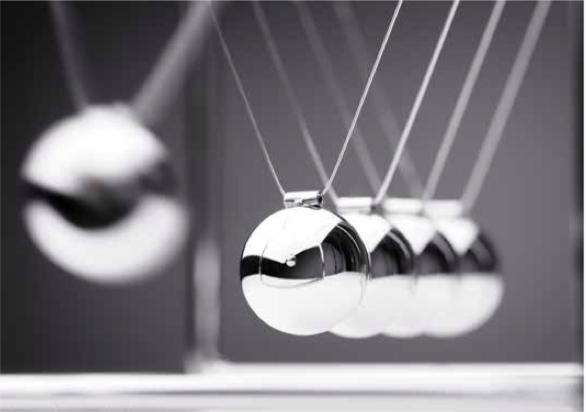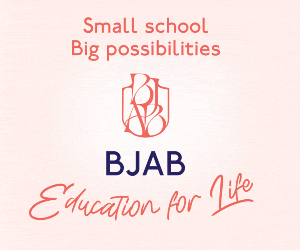Personal Development: In chapter three of his series Axel Trinh-Cong asks us to focus our energy and the rhythm of Nature.
In our first two articles, we spoke about energy in a broad sense, while giving particular attention to personal energy and its impact on our individual journeys. For this third chapter, I would like to invite the reader to reflect on a major change in energy, which we can all witness right now . At first glance, this observation might seem obvious, pointless, even frivolous. Yet, this could not be further from the truth. Indeed, the energy of our surroundings can be as influential as the one that stems from within. One must only look at nature to see that everything is change, transformation and transmutation. The entire universe is in perpetual movement. In this perspective, any ideas of a generally perfect, durable – and therefore fixed – balance are simply illusions.
Ancient Chinese thinkers perfectly captured this movement in the I Ching (The Book of Transformations), an extraordinary, over 2000-year-old tool for deciphering energy. The book contains 64 figures, each composed of 6 yin and yang signs. The 63rd figure represents an absolutely perfect and ideal arrangement of the six yin and yang signs, but also cautions that we shouldn’t be carried away by this paroxysmal state – meaning that it is impossible to do more or better – because change is inevitable. As for the 64th figure – the last one of the treatise – it shows us how behind the apparent chaos, which results from the previous symbol, lies the emergence of a new, fairer, more constructive and more fertile order.
Whilst nature favours change, this is rarely the case for our status-quo-loving species. Indeed, there is a side to the human incarnated soul that has the (unfortunate) tendency to refuse change. With a preference for the comfort zone where, surrounded by its beliefs, prejudices and principles that it imagines – and desires – to be forever static, it prepares to fight against any perturbances from outside its tightly closed system. It is in this sense that we might say, sometimes, that human nature is inherently unnatural.
However, it is also true that one of humanity’s great challenges is to be able to attain harmony with nature, to learn from within ourselves, inside our kind of microcosmos, to embrace the world’s natural movement (to which we of course belong anyway, but from which we too often cut ourselves) by gaining access to the art of transmutations. Or in other words, by allowing natural changes (on the macrocosmic level) to penetrate, influence and inspire our own internal natures (the microcosmic level).
This relationship between the macro and the microcosmos is twofold: on one hand, one must open up to the external world of constant transformation in order to discover and amplify one’s own internal nature. On the other hand, it is important to remain oneself, to not be corrupted by change – this is another way we might nourish and strengthen our internal natures.
That’s the theory. But in practice, anyone can see that we all possess an ego, and ego only has one obsession: to endure, in a way that is utterly fixed and unchangeable. From the ego’s perspective, any kind of change is synonymous with death, and to live is to remain in the place that always is and always has been, a world full of certainty, where what was will always be. This desire for things to remain exactly as they are might be a serious hindrance, but it is also a vital resource. Indeed, the ego, which tends towards immortality, is a response to the anguish caused by the knowledge of death. Therefore, we must essentially strive to give it its proper place within our internal system, without allowing it to take over.
When we attempt to evolve in a meaningful way, we often find that our chief adversary
is the ego. In order to confront it, we must realize that in actual fact, it is the absence
of change that should be synonymous with death. To understand this, we need only think of a flat electroencephalogram (or EEG), wherein things no longer move – a sight that can only mean the individual has ceased living. To live fully means to die from the perspective of the ego and everything that would keep us in a static state; and then to be reborn through change, and attain something new, and more perfect.







